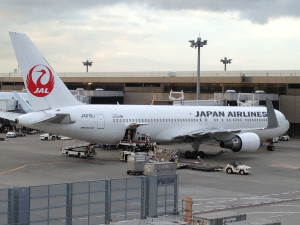
These “trusted traveler” programs are designed for low-risk travelers – U. S. citizens or lawful permanent residents – who have been pre-approved after going through an application process (described below). And when you enroll in Global Entry, you automatically get TSA PreCheck. NOTE: Article updated March 2025.
The Reasons Why I Love Global Entry & TSA PreCheck
- At U.S. airports, there is often a separate – and usually much shorter – TSA PreCheck line for those of us with PreCheck listed on our boarding pass.
- With PreCheck security screening, I love not having to take off my shoes and walk around in my socks or bare feet.
- I also love not having to pull out my liquids (in a see-through toiletries kit) from my carry-on bag, which usually has the kit neatly packed at the bottom. Same goes for laptops!
- When coming home from an international trip, it’s a real thrill to bypass the often long U.S. immigration lines and walk right over to a Global Entry kiosk for a quick 2-minute transaction. Voila, you’re done and on to baggage claim.
- Global Entry also often speeds up your final exit at the customs check point with a separate line (also shorter). These benefits give me a small glimpse into what it must feel like to be a VIP in real life!
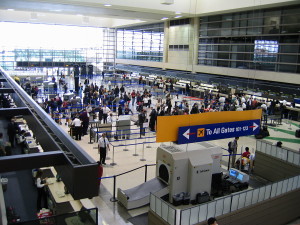
Photo Credit: TimBray at en.wikipedia
I first experienced the benefits of TSA PreCheck in 2013 during busy Christmas holiday travel. While standing in the long security line at the St. Louis airport, I was motioned over into the PreCheck screening line and given a brochure about this relatively new program. Clearly, TSA was trying to promote it by giving out “free samples.”
And, yes, it worked – I was hooked! In mid-2014, I registered for Global Entry, calculating I would easily have enough domestic trips (TSA PreCheck) and international trips (Global Entry) to justify the $100 fee for a 5-year period. (Note: 2025 – the fee is now $120 for 5 years. It was increased as of Oct. 2024).
TSA PreCheck – What You Need to Know

These airports usually have separate TSA PreCheck lines, which can be much shorter. Once at the screening area, you usually don’t need to remove your shoes, belts, light jackets, your 3-1-1 liquids, or your laptops. Plus, you can pass through a metal detector instead of the standard full-body scanner. All very helpful!
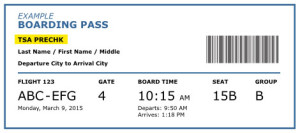
Some final points to share from my experience: You can enroll in just the TSA PreCheck program, which costs between $76 to $85 for 5 years, through the TSA’s various partners. Here’s the TSA PreCheck website for more info.
However, I believe it’s a better deal for active travelers (who plan to take a few international trips) to enroll in Global Entry (with TSA PreCheck included) for $120 for the same 5-year period. Lastly, TSA PreCheck procedures can vary between airports, as well as times of day at the same airport, depending on passenger loads and TSA staffing.
More About Global Entry
Global Entry, on the other hand, is designed for U.S. travelers arriving back into the U.S. on an international flight. Instead of standing in often long immigration lines at particularly busy airports and during busy times, you go to a designated area (in immigration) where special automatic kiosks can quickly process your entry.
At these Global Entry kiosks, located at major U.S. airports, you scan your machine-readable passport or U.S. permanent resident card and place your fingers on the scanner for fingerprint verification. After completing a customs declaration on the screen, the kiosk issues you a transaction receipt. You then show this receipt to the officer who checks it and directs you to baggage claim. Finally, it’s on to customs where there is usually a separate – and shorter – Global Entry line at the final exit. It’s all easy peasy – at least this part of travel!
How to Apply for Global Entry
The Global Entry program is administered by the U.S. Customs and Border Protection (CBP) agency. I found the online application process to be quite easy. You fill out the on-line form and pay your $120 fee (for the 5 years). The CBP website has clear instructions as well as valuable information about the program which you will want to read.
The website states that they do a “rigorous” background check before issuing your “conditional acceptance” (mine took only a week that first time). You are then instructed to make an appointment at one of the Global Entry Enrollment Centers where you need to appear in-person for your “interview.” There, a CBP officer takes your photo, scans your fingerprints and asks you a few questions. It’s actually pretty painless!
Soon after you’ve been officially approved, you get additional paperwork and a Global Entry card in the mail. However, your Global Entry registration is tied to your passport (not the card), which is why the airport kiosk just needs your passport and matching fingerprints to approve your entry.
Global Entry Enrollment Centers 
These enrollment centers are usually located at major airports. Here is a list of centers. However, in my home town of San Diego, our centers are located at CBP offices near the Mexican border (Otay Mesa & Calexico), which is just a half-hour drive. **2018 Update – CBP now has an office at the San Diego airport but there was a period where it was closed.
To give you a small sense of locations: In California, there are also centers at the San Francisco and Los Angeles airports. In Missouri, there are two main centers in the state, located at the St. Louis & Kansas City airports (plus one at the Springfield-Branson airport). However, there are none in Kansas (not counting Kansas City).
So, yes, this can certainly pose a geographic hassle if you are not conveniently located near one of the centers. Perhaps, you can coordinate some planned future travel to a major U.S. city with an appointment for the short Global Entry interview while at that airport. Or plan to do your interview upon an international arrival at one of the participating airports. This is what I did in 2021 at LAX for my 5-year renewal, when I was returning from Germany.
In closing, I know many of you have already enrolled in the Global Entry and TSA PreCheck programs. If not, I hope you found this information helpful and possibly inspiring to join our “trusted traveler” ranks. Please feel free to share this post with your other traveler friends who might benefit from a little less travel hassle at the airports.
Global Entry website – http://www.cbp.gov/travel/trusted-traveler-programs/global-entry
TSA PreCheck website – https://www.tsa.gov/tsa-precheck
Comments: I’d love to hear your comments and experiences with the Global Entry program. (it’s probably best not to get into comments or rants about the TSA here!)

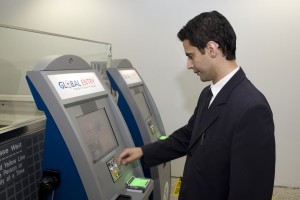
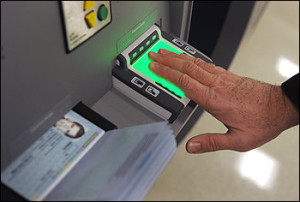
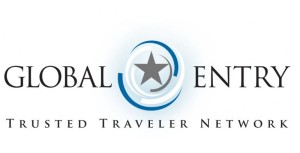

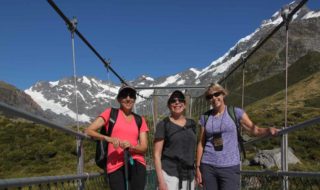


I have never signed up for TSA precheck but often have that designation on my boarding passes. Why is this? Is it ever done automatically?
Hi Kate: This is a great question and here’s my best attempt to answer. Because the # of paid members enrolled early in the TSA PreCheck program hadn’t reached their ambitious target number (vetted travelers to help speed up the security screening process), the TSA allowed elite members of airlines, frequent travelers, and many other passengers deemed “low risk” access to Pre-Check as well. That is, by matching their Secure Flight information — name, date of birth and gender — against security databases.
A Google search right now didn’t give me any real good info on who exactly they are currently giving “free PreCheck” to. However, I did read that TSA had been working to market the program to travelers by partnering with airlines, hotel chains, credit card providers and others. Thus, some travelers are introduced to the program by being included in it (for free), which certainly may incentivize them to sign up for it – like I did! I wanted to know I would always have PreCheck whenever I flew domestically!
Great article, Janet. I love my Global Entry/TSA Prescheck! I included the Sentri pass when I applied. This is the card that’s needed to cross the Mexican border. For any of your readers who go to Mexico, even periodically, it’s worth its weight in gold! I have seen the regular border crossing line take hours to cross back into the US, while I zipped right across in the Sentri lane. The longest I’ve ever waited in the Sentri lane was half an hour — and that was unusual. I am usually across in less than 10 minutes.
With the changes in the administration and the potential tightening of that border, now more than ever, I’m extremely glad to have Sentri as well as Global Entry. I think your readers would love to know more about that one, too.
Thank you, DJ! Really good advice / info about adding a Sentri pass for those who live near the border, like us in San Diego!